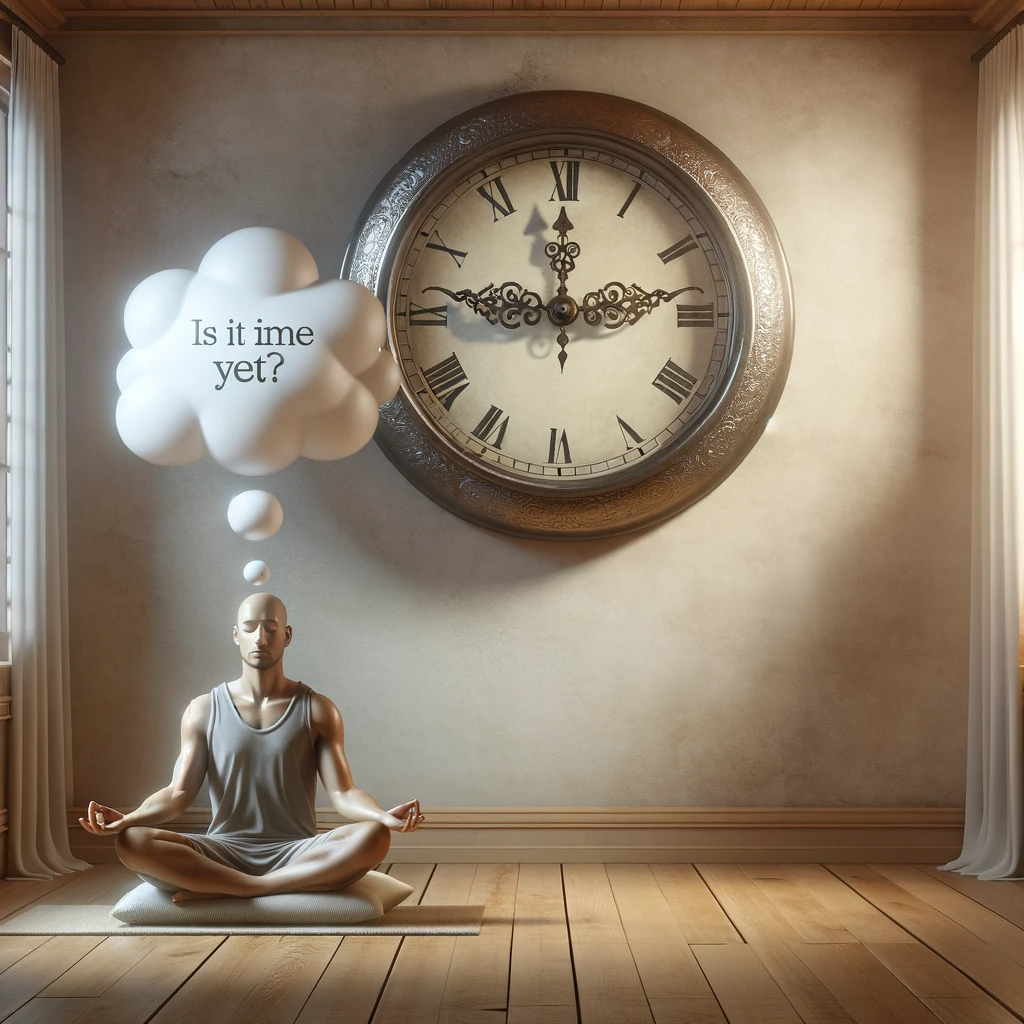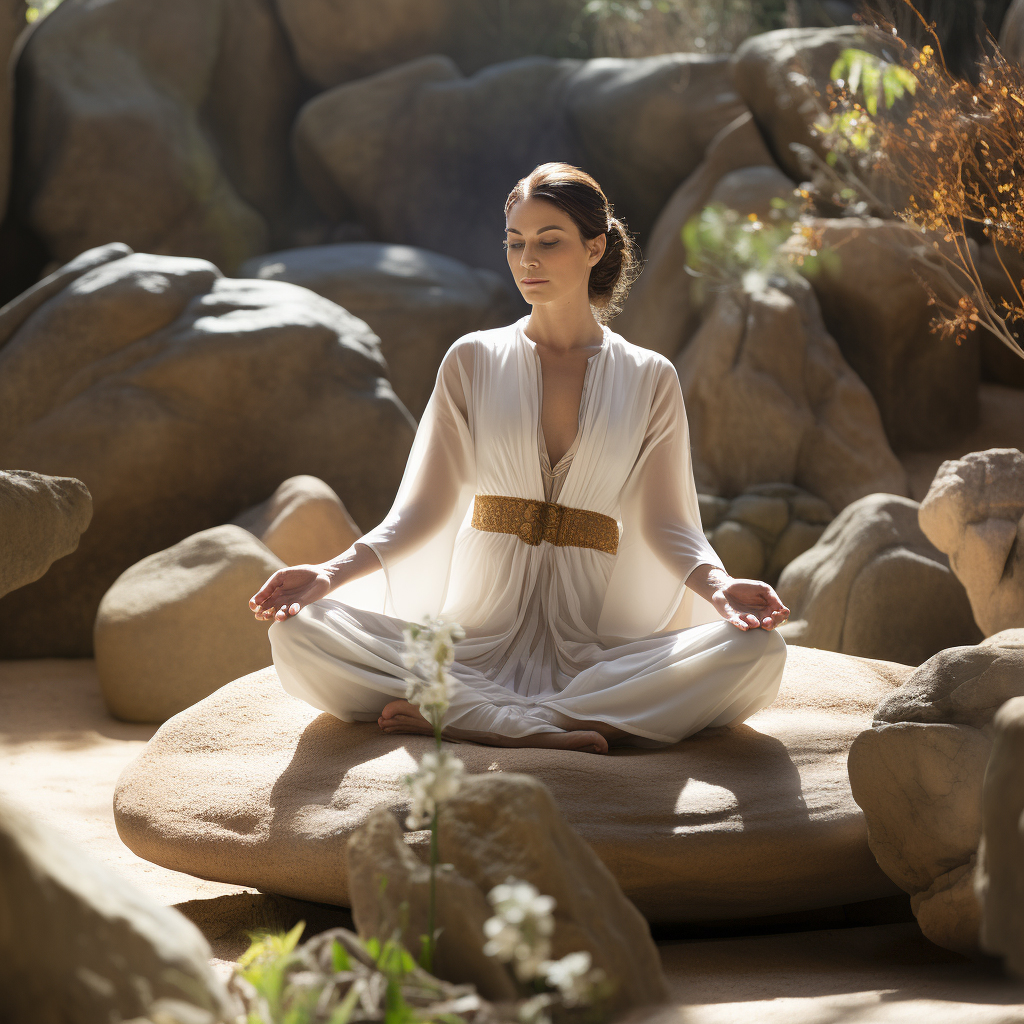The ability to observe the mind, control its focus, and sustain concentration are the key practices of mindful meditation.
A personal journey
From the time I was very young, I observed the activity of my mind. I was an only child, growing up in a rural area, so I had plenty of alone time, often spent in the woods.
My family liked playing games, and I found I could focus concentration for very long periods, obsessively at times. I became skilled at many games.

I was not unusual in that respect. Many children can control their mental focus and sustain it for long periods when they are fascinated by some activity. Even my autistic son has mastered many video games and exhibits these traits.
Everyone can practice mindfulness and enjoy the benefits.
The ability to observe the mind, control its focus, and sustain concentration are the key practices of mindful meditation.
The key practices of mindful meditation
Everyone has a mind. Their brain and body generate their mind.
Their mind encompasses thoughts, feelings, perceptions, memories, intentions, and overall cognitive processes.
Most people consider their mind the seat of consciousness, and they rely on it to process information, make decisions, and generate inner experiences.
Mostly, this happens automatically, and many people take it for granted without observing the activity as it happens.
Mindfulness meditation challenges them to look inside and watch how it works.
Parallel versus Serial processing
Everyone’s brain operates as a powerful parallel processor, akin to a supercomputer, but with distinct advantages.

It handles an immense number of feelings and thoughts concurrently, ceaselessly, day and night, except during Delta sleep.
Their consciousness functions as a serial processor, functioning atop the parallel processing capabilities.
It sifts through the myriad parallel ideas, selecting the most crucial ones, often emotionally charged, for presentation within their perceptual field—the part of the self they identify with as “themselves.”
This presentation process is sequential in nature, giving rise to what we experience as a continuous “stream of consciousness.”
Observing the mind
When people first start meditating, they quickly realize how active, chaotic, and unruly the mind is.
It feels like they’ve entered a crowded room with many voices and feelings clamoring for attention.
They are easily distracted by insistent thoughts or stimuli from the environment.
At first, they often follow this stream of consciousness like an ordinary daydream.
People experience what meditators call “monkey mind,” a restless, constantly chattering, and unsettled state of mind, characterized by jumping from one thought to another, similar to a monkey swinging from tree to tree.
The monkey in the mind explores the six senses, sight, sound, touch, smell, taste, and mental states, never content with what it finds, running from one sense to another.

Even experienced meditators experience this, but with time and practice, people learn to ignore the distractions and tame the wild monkey to control mental focus.
Controlling the mind’s focus
Some meditation schools believe observation is enough. While it’s certainly better than remaining ignorant of the mind’s functions, observation alone is only the first step toward mental mastery.
More often, beginning meditators are instructed to observe the breath as a starting point for meditation practice.
This requires both the ability to observe the mind and the ability to focus concentration.

Since distractions and “monkey mind” are everpresent features of the mind, many beginning meditators get frustrated with their inability to focus on anything.
Sadly, the frustrations from a lack of focus convince far too many beginners that they can’t meditate, and they give up.
For those with perseverance, focusing on their breath improves their ability to control their mental focus.
Like anything in life, the more one practices, the better one gets at the practice.
Sustaining focus for longer periods
With increasing skill, meditators can learn to hold their attention on a single object, like the breath, for longer periods of time.
This is a key skill to develop to be able to use meditation to accomplish mental tasks.
In our modern age of distraction with unlimited access to videos, music, and video games, many suffer from Attention Deficit Hyperactivity Disorder (ADHD).
Due to distractability and “monkey mind,” everyone has some degree of ADHD, exhibiting patterns of inattention, impulsivity, and hyperactivity.
Have you noticed people checking their phones, habitually?
Mindfulness meditation is mental training. It serves to overcome the problems of uncontrolled behaviors due to an unruly mind.

How to practice mindfulness meditation
Practicing mindfulness meditation involves focusing your attention on an object, often for a set period of time.
The breath is most often selected as the object of meditation because everyone breathes; the breath is present at every moment, and breathing requires nothing special.
Another object or method is to mentally scan the body from head to toe, paying attention to any tension, discomfort, or sensations without internal dialogue or judgments about the experience.
Some people prefer prerecorded guided meditation or mantras (repeated words or phrases) to direct the mind, as many find the narration helps avoid other distractions.
Even focusing your eyes on a specific location without diverting your gaze is an effective meditation object or technique.
Many meditators like to set a timer for a specific period of time. This stops the mind from wondering is it time yet? And feeling unsure of when to stop.

For beginners, three to five minutes is often as much as they can handle. Five to ten minutes is better because it often takes three or more minutes to quiet the “monkey mind.”
It’s generally recommended to find a quiet and comfortable space to avoid distractions.
The traditional posture is to sit cross-legged on the floor with a straight back.
I personally find that position uncomfortable, so I prefer sitting in a chair or lying flat on my back.
Beware that lying down can become too comfortable, and many meditators become drowsy or even fall asleep due to excessive relaxation.
During the activity itself, the key practice is to maintain focus on the object of meditation.
Everyone’s mind wanders even very experienced meditators. This is normal, and becoming upset at your lack of mental discipline only makes matters worse.
Whenever the mind wanders, the moment the meditator notices, they must bring the focus back to the meditation object without judgment as quickly as possible.
Consistency is key. Meditators should aim to meditate daily, gradually increasing the duration as they become more comfortable.
Mindfulness meditation helps cultivate awareness, reduce stress, improve concentration, and promote overall well-being. Over time, it can become a valuable part of your daily routine.

